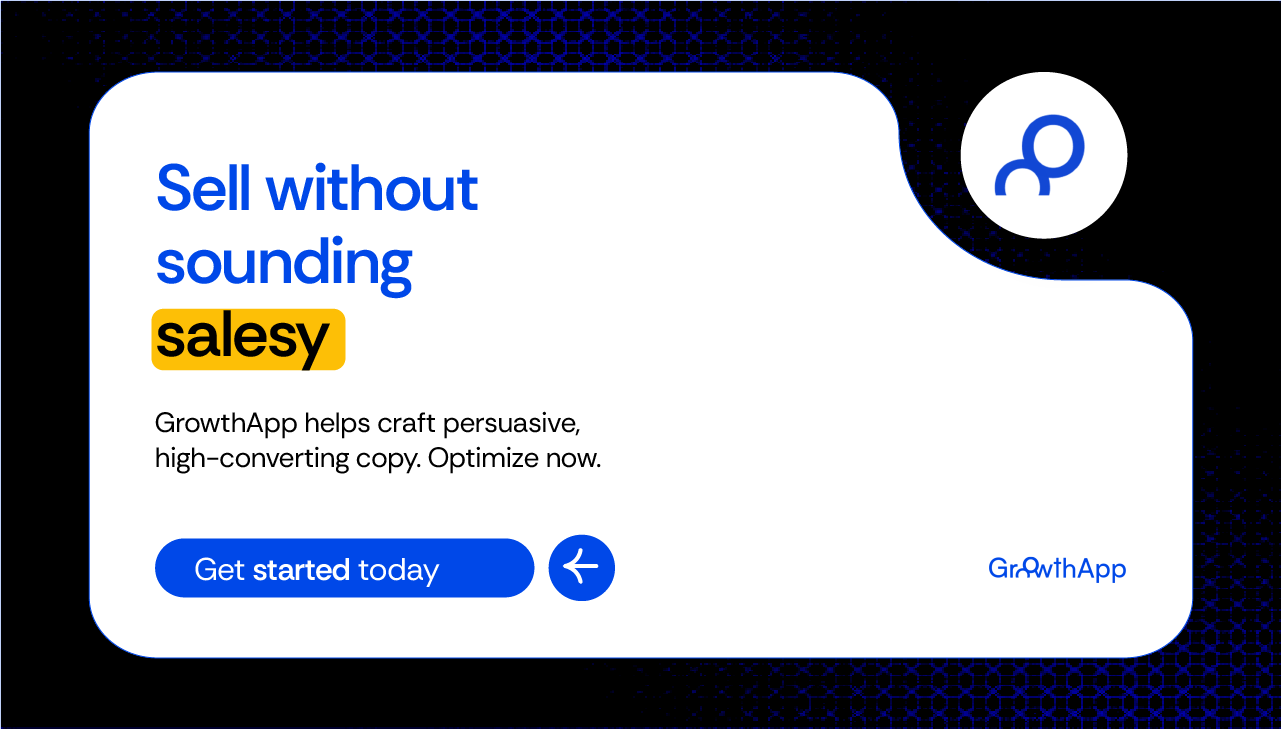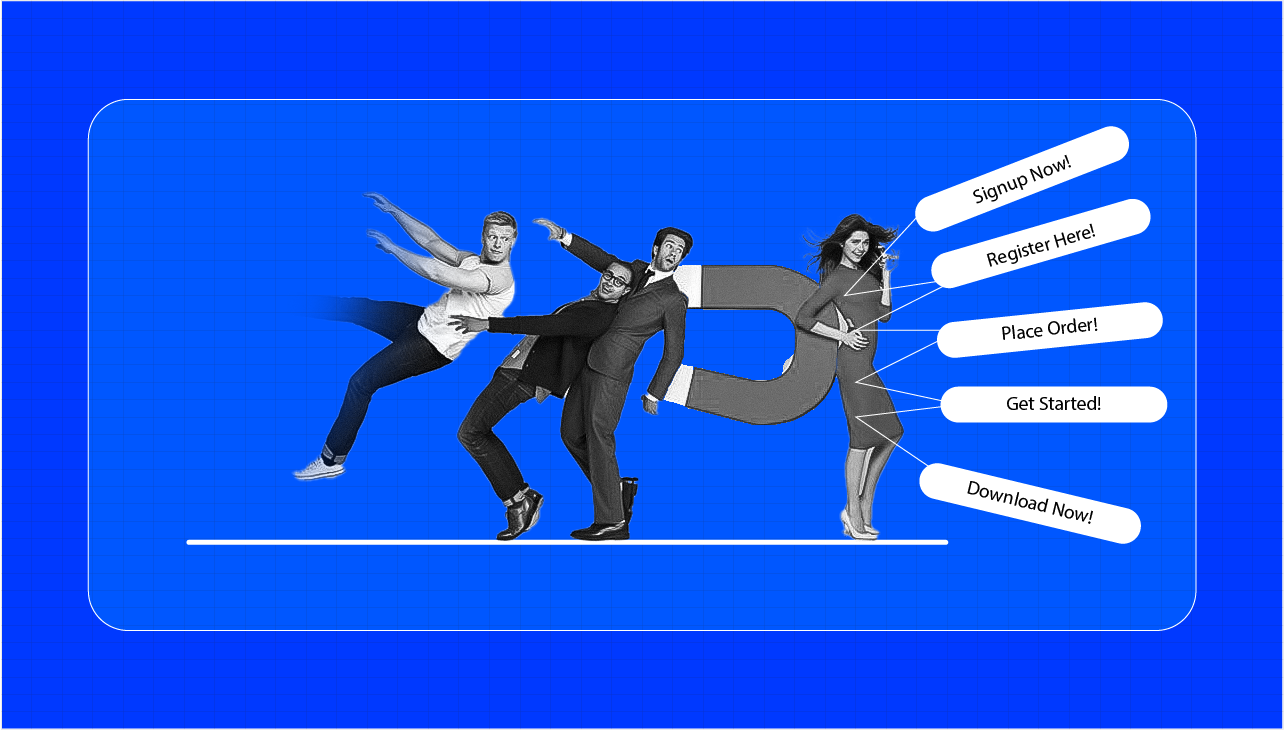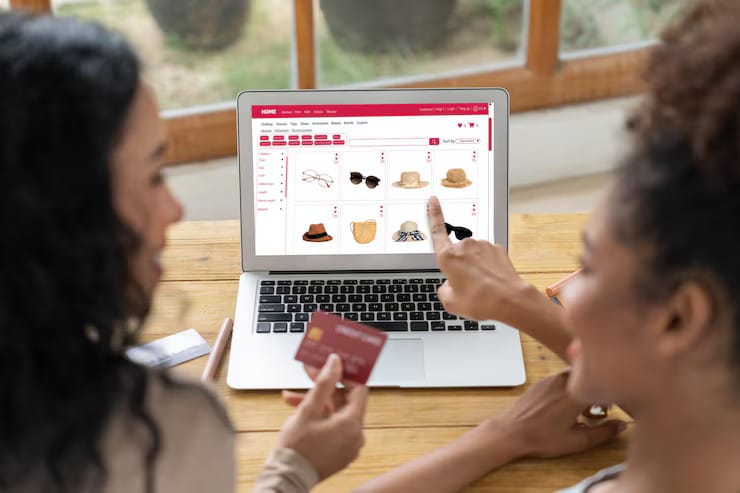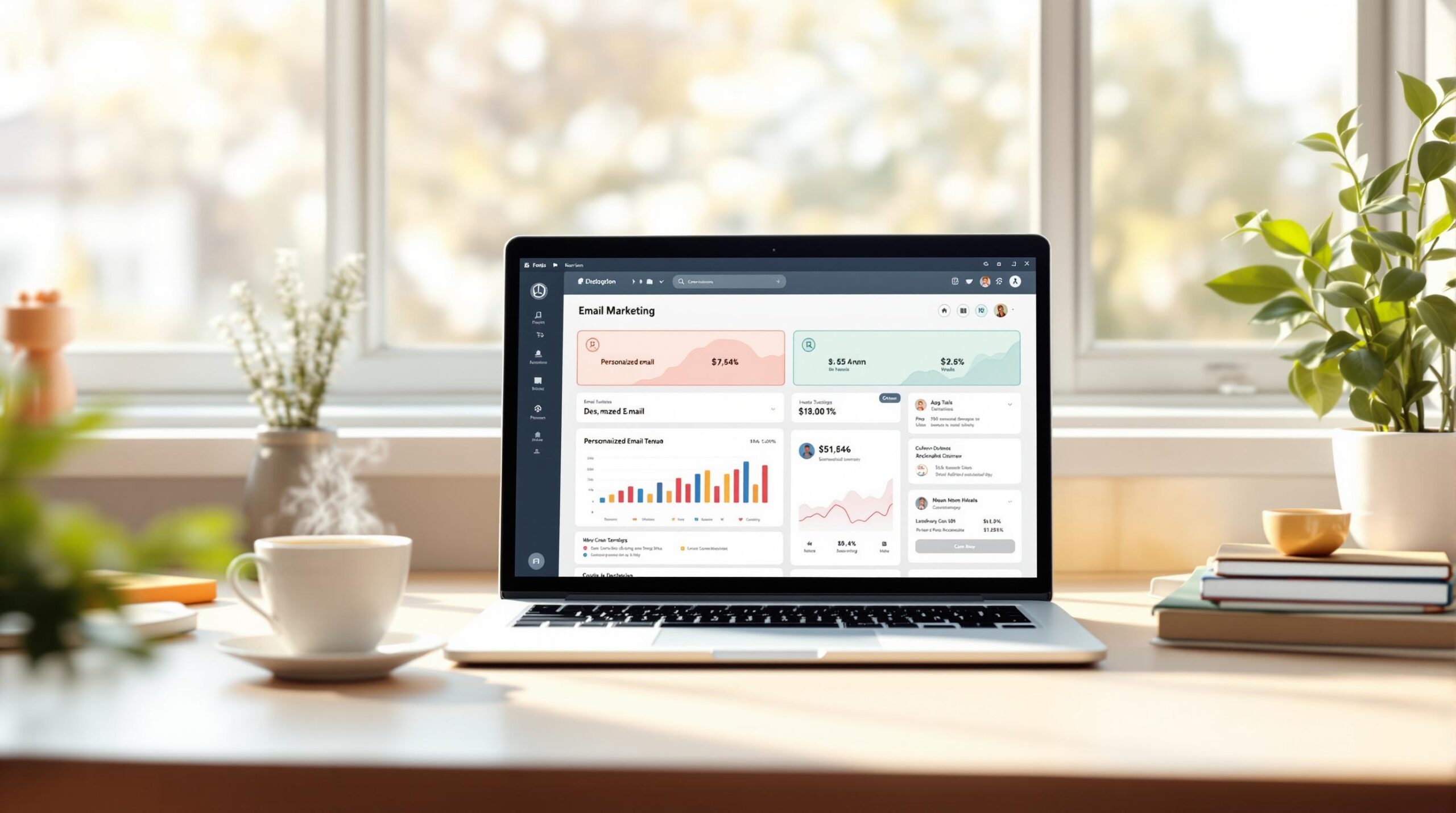The Scarcity Principle was popularized by Robert Cialdini in his seminal book Influence: The Psychology of Persuasion, published in 1984. Cialdini identified scarcity as one of the six key principles that drive persuasion, alongside social proof, reciprocity, authority, liking, and commitment/consistency. This principle has roots in evolutionary psychology: early humans had to act quickly to secure resources when they were scarce, and this instinct remains hardwired in our brains today.
Did you know that subtle psychological triggers can increase conversion rates by significant percentages, and we’re talking about over a 100% increase? Or that brands leveraging scarcity, social proof, and authority see up to 84% higher engagement than those that don’t?
The psychology of persuasion isn’t a modern-day buzzword, it dates back centuries. From ancient Greek orators using ethos, pathos, and logos to influence the masses to today’s marketers using FOMO and reciprocity to drive online sales, the art of persuasion has evolved but remains just as effective.
Even better, you don’t need to be a sales genius to apply these principles. Whether you’re running a small e-commerce store or managing a global brand, the right buyer psychology tricks can subtly guide your audience toward saying “yes” without ever feeling sold to.
In this guide, we’ll break down proven persuasion marketing techniques backed by psychological research. You’ll learn how to increase your website conversions by leveraging the same psychological triggers that have powered successful brands for decades. Let’s dive in.
1. Scarcity: leveraging limited supply to drive demand
Scarcity is a psychological principle that creates the perception of increased value due to limited availability. When people believe that something is scarce, whether it’s time, a product, or access, they instinctively place more importance on it. This stems from the fear of missing out on an opportunity that may not come again. Scarcity plays on human psychology by triggering urgency, which can lead to faster decision-making and higher conversions.
How to apply the scarcity principle:
To harness the power of scarcity effectively, businesses can deploy several tactics, such as:
A great scarcity-driven copy includes the following elements: low stock alerts, countdown timers, social proof notifications (e.g., “X people are viewing this now”), urgent CTAs (e.g., “Buy Now, Limited Stock!”), limited-time discounts (e.g., “Early bird pricing expires in 24 hours!”), exclusive access messaging (e.g., “Only available for the first 100 sign-ups!”), limited availability notices (e.g., “Only 3 spots left this month!”), VIP or priority offers (e.g., “Get first access before it’s gone!”), and testimonial-driven FOMO (e.g., “See how others are already benefiting!”).
Note: It is not compulsory that a marketing design or copy reflects all the elements at once. Pick the most relevant and tailor it to the desired intent of the campaign. Check out a great example by Jumia.

Variations of real-life applications:
- Amazon – Jumia often displays stock alerts like “Only 5 left in stock!”, which triggers urgency and makes customers more likely to purchase immediately. This tactic plays on the fear that the item may sell out at any moment. Another way this is applied is the notification for best prices that are only available till a certain duration of time.
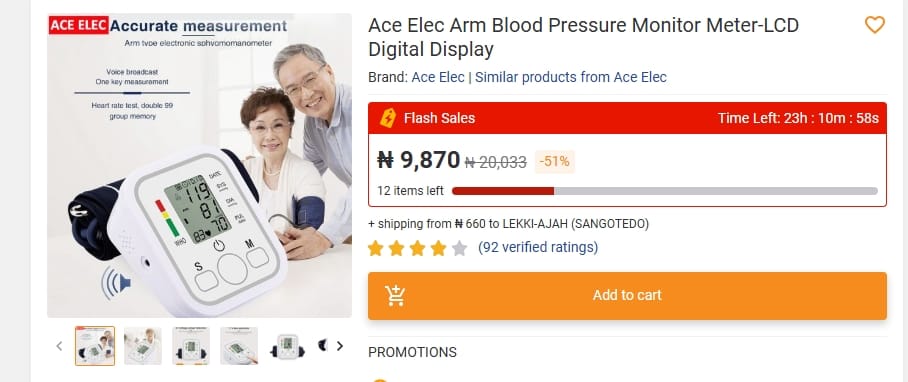
- Nike – Nike leverages scarcity through limited-edition sneaker drops, particularly with its Air Jordans. These small, irregular releases create immense demand and hype, leading to instant sellouts. Nike’s SNKRS app shock drops amplify FOMO by making rare shoes suddenly available for brief periods, turning each launch into a coveted social event.
- Booking.com – The travel site uses real-time alerts like “Only 2 rooms left!” and “3 people are looking at this hotel right now” to create urgency and increase bookings. This has been a key factor in its success in boosting conversions.
Booking.com’s Scarcity Tactics

Warning: ethical use of scarcity
While scarcity is effective, businesses must be mindful of using it ethically. Creating artificial scarcity or engaging in deceptive practices (e.g., falsely claiming low stock when inventory is full) can harm your reputation and lead to mistrust. Authentic scarcity, on the other hand, enhances customer loyalty and trust.
2. Leverage the power of social proof
Ever noticed how crowded restaurants seem more appealing? That’s social proof in action. The ideology behind it is simply that: If many people flock towards a particular option or choice, then there’s definitely something spectacular about it, especially if you’re trying something out for the first time and have no prior knowledge. This pushes you to rely on popular opinions.
Psychologist Robert Cialdini coined this concept in Influence: The Psychology of Persuasion, showing how people mirror the actions of others to make decisions, especially when unsure.
Another very relatable context is this- Have you ever had to check the ratings of a movie on any streaming platform before proceeding to watch? Or read the reviews of an app on the Play Store or App Store before proceeding to download? Yup, that reliance on others’ testimonials is the guiding light of your own choice. That’s how effective it is and must therefore be leveraged and applied well.
Brands can boost trust and conversions by showcasing real customer reviews, testimonials, star ratings, or user-generated content (UGC). Real-time notifications like “5 people just bought this item” or “15 others are viewing this now” tap into FOMO, amplifying urgency.
Glossier turned social proof into a growth engine by encouraging customers to share their beauty looks online. With UGC flooding platforms like Instagram, Glossier created a ripple effect of peer recommendations that helped the brand dominate the beauty space.
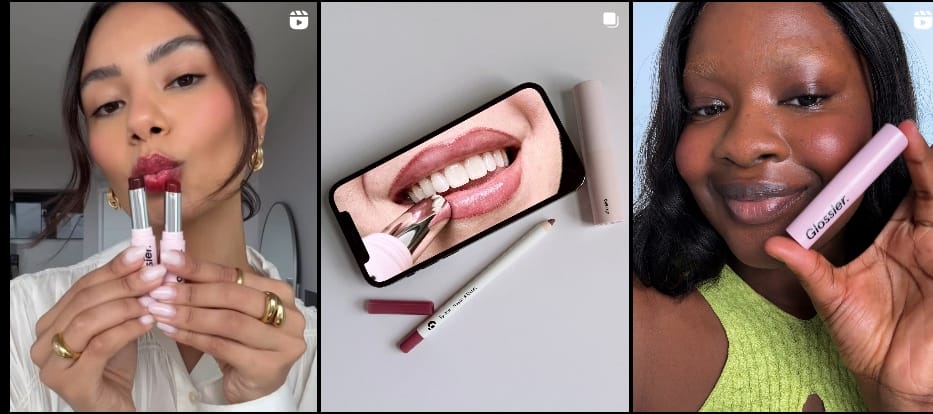
3. Anchor your prices with strategic framing
Meet Laura, a sneaker junkie. She’s browsing an upscale clothing store when her eyes land on two pairs of sneakers. One costs $800, and the other, sitting on a nearby rack, is priced at $350. Without hesitation, Laura picks the second pair of sneakers, feeling like she just scored a bargain. Little does she know, she’s not winning the game, she’s playing right into it. What swayed Laura wasn’t just her sense of style; it was price anchoring at work. Do you get the concept?
This isn’t some marketing magic that popped out of thin air. The anchoring effect was introduced by Nobel Prize-winning psychologists Amos Tversky and Daniel Kahneman, who found that people tend to rely heavily on the first number they see (the anchor) when making decisions. Whether it’s a jacket, a house, or even a car, the initial price sets the tone for everything that follows.
How to leverage anchoring in sales:
Here’s where brands get tactical. By setting a high reference point, businesses can shift perception in their favor:
- Introduce a premium anchor: Display an expensive option first to make mid-range prices seem more reasonable.
- Use a decoy price: Add a slightly pricier option that few people buy, just to nudge buyers toward the next best option.
- Highlight original prices: Show “before” prices to emphasize the value of discounts.
Studies show that customers exposed to higher initial prices are more likely to spend more. According to research published in the Journal of Consumer Research, anchoring can increase perceived value, making consumers feel like they’re getting more bang for their buck.
Apple is a pro at this. When unveiling new iPhone models, Apple highlights the top-tier (and priciest) option first. This anchors customer expectations and makes mid-tier options seem like the best value by comparison.
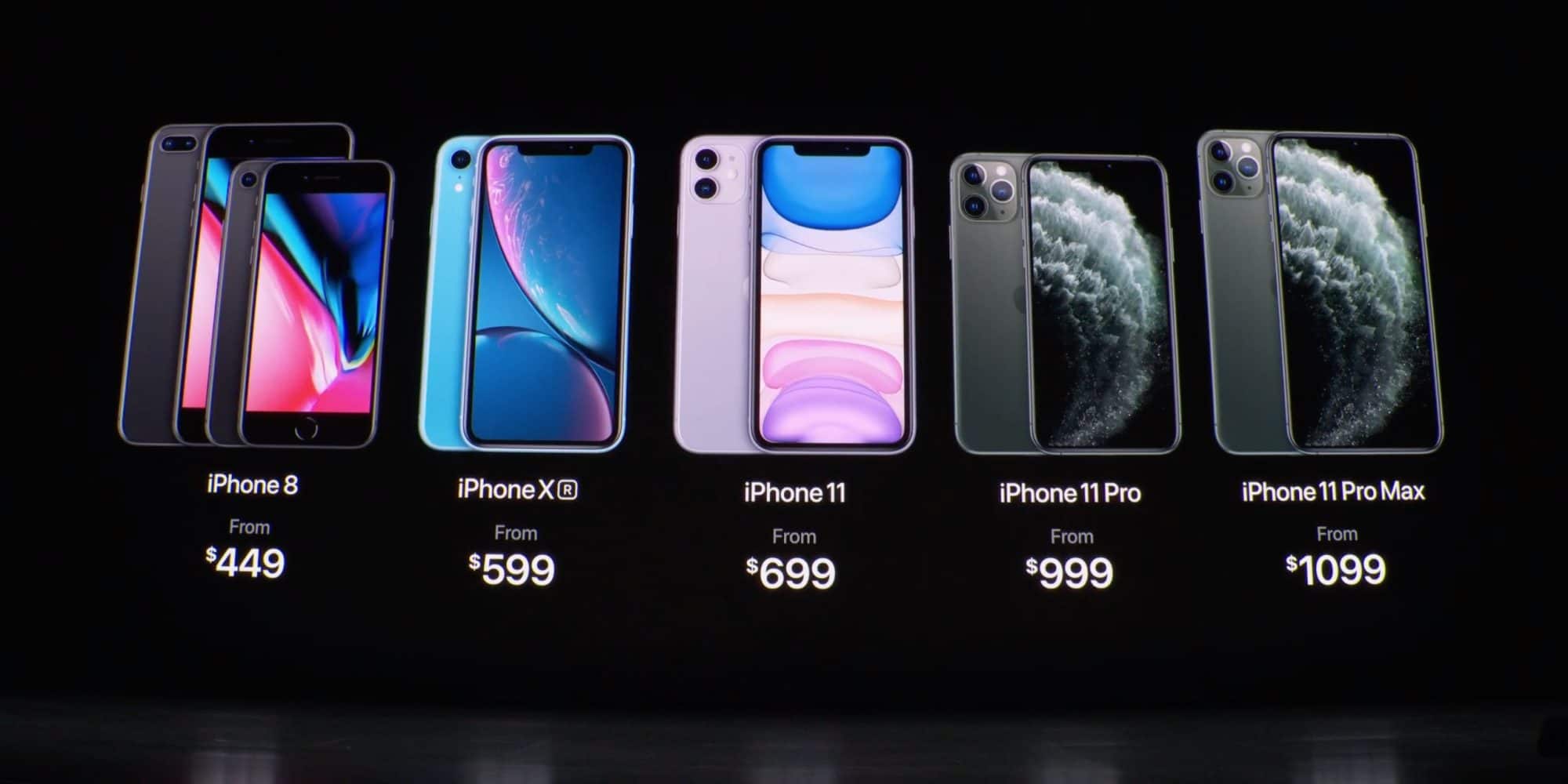
4. Tap into emotional triggers: the secret sauce of persuasion
Has a brand ever had a magnetic pull on you? You can’t seem to place it. Something within you just keeps calling out for more. It’s not magic; some emotional chords have just been struck. Humans are emotional beings, and emotional triggers are among the most powerful tools in persuasion marketing.
These triggers appeal to consumers’ deepest desires, fears, and aspirations, compelling them to take action without the need for hard selling. Let’s explore how emotional marketing works, why it’s effective, and how high-flying brands use it to win hearts (and wallets).
What are emotional triggers?
Emotional triggers are psychological cues designed to evoke specific feelings in your audience, such as joy, fear, belonging, or urgency. When people experience emotions, their decision-making process speeds up, and they’re more likely to act on impulse. This explains why emotional ads tend to outperform rational ones in driving sales and brand loyalty.
According to a Harvard Business Review study, emotionally connected customers are 52% more valuable to brands than highly satisfied ones. These customers buy more frequently, promote your brand, and are less price sensitive.
A great example of emotional marketing is Budweiser. Using emotional appeal in most of their commercials, they evoke strong senses of emotional possibilities like determination, resilience, love and persistence.
The art of persuasion: turning interest into action.
Contrary to what many interpret persuasion in marketing as; it isn’t about manipulation, it’s about understanding how people think and make decisions. By leveraging principles like scarcity, social proof, price anchoring, and emotional triggers, brands can subtly guide consumers toward action without pressure or aggressive sales tactics. The most successful businesses aren’t just selling products; they’re shaping perceptions, creating urgency, and fostering emotional connections that turn casual buyers into loyal advocates. When applied ethically, these psychological strategies not only boost conversions but also build long-term trust, ensuring that customers keep coming back, not because they were forced to, but because they genuinely want to.

